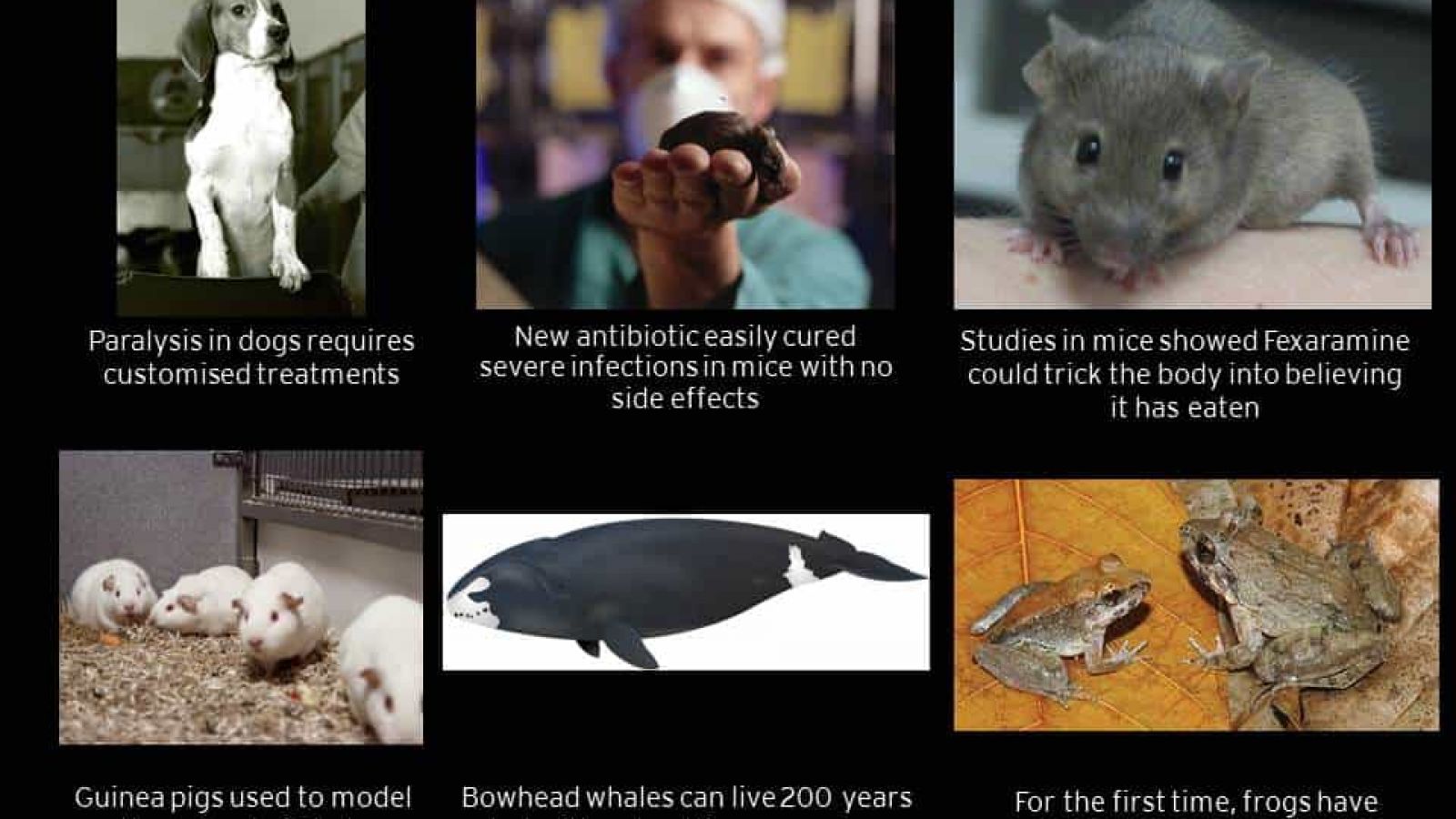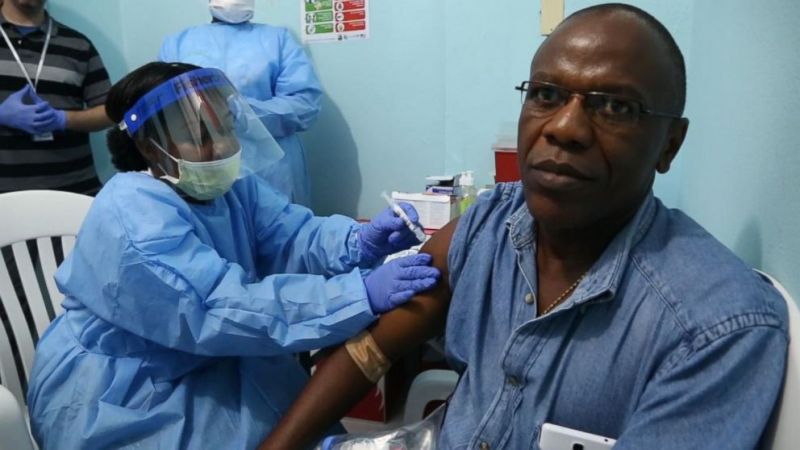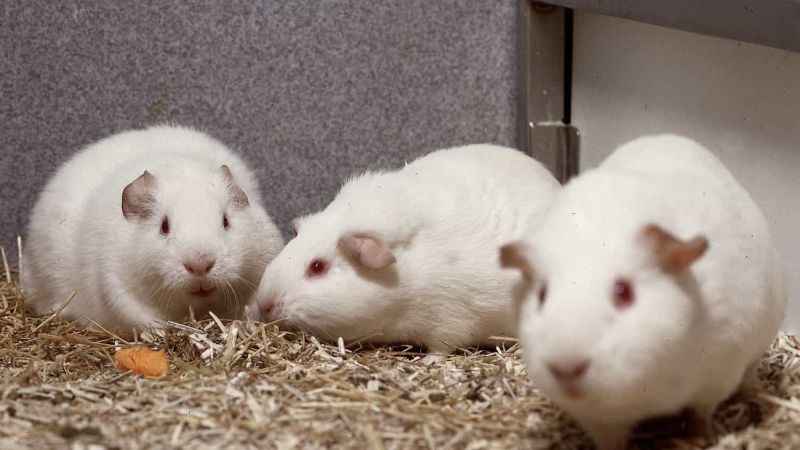08/01/15
The first new antibiotic to be discovered in nearly 30 years was extracted from bacteria that live in dirt and when tested in mice, easily cured severe infections with no side effects. The best news is that the drug, teixobactin, works in a way that makes it very unlikely that bacteria will become resistant to it. In a world where drug resistant bacteria infect at least 2 million people a year in the US and kill 23.000, the results are very welcome.
Prof Laura Piddock, Professor of Microbiology at the University of Birmingham, said: “The screening tool developed by these researchers could be a ‘game changer’ for discovering new antibiotics as it allows compounds to be isolated from soil producing micro-organisms that do not grow under normal laboratory conditions.”
http://www.nytimes.com/2015/01/08/health/from-a-pile-of-dirt-hope-for-a-powerful-new-antibiotic.html?_r=0
http://www.telegraph.co.uk/news/science/science-news/11331174/First-new-antibiotic-in-30-years-discovered-in-major-breakthrough.html
For the first time, frogs have been seen giving birth to live tadpoles. Nearly all 6.000 frog species in the world use external fertilization and lay eggs but some species, 10 or 12, use internal fertilization and give birth to live froglets, but this is the first ever live tadpole birth. How the male fertilizes the eggs inside the female is still unknown as frogs do not have ‘conventional’ sexual organs. Two Californian species have evolved a penis-like tail but this wasn’t found on the new fanged frog - still little is known is known about its physiology.
Ben Tapley, team leader of herpetology at the Zoological Society of London (ZSL), said the new discovery was "totally out of the blue. These kinds of findings are really valuable, especially in Sulawesi where most of the forest is gone. It's great that we're learning about these species before it's too late."
http://www.bbc.co.uk/news/science-environment-30643756
Photo: wikicommons
07/01/15
A clinical trial of 19 paraplegic dogs at North Carolina State University has shown that spinal injuries require individualised treatments. All the animals had similar spinal injuries and all were treated with two drugs and a placebo (in a random order in two week blocks). Though neither drug was better, both were effective, and different treatments worked for different dogs.
"The question quickly went from 'Do the drugs work?' to 'Why aren't they having similar effects across the board?'" Olby says. "And there are many possible factors to consider – some of the dogs may not have any axons left for the drug to act on, or it may depend upon how long they've been paralyzed or even whether or not they have a genetic predisposition to respond to this treatment."
http://medicalxpress.com/news/2015-01-dog-paralysis-customized-treatments.html
06/01/15
The Canadian Public Health Agency has been using guinea pigs to model the spread of Ebola. They found the animals did not need to directly come into contact with the infected animals, but that shared bedding and adjacent caging was sufficient to spread the virus.
In their paper in the Journal of Virology they wrote:
“[T]he experimental results do not support airborne spread of [Ebola virus] but demonstrate instead that virus transmission can occur through direct contact with infected materials traveling over short distances,
http://www.the-scientist.com/?articles.view%2FarticleNo%2F41837%2Ftitle%2FGuinea-Pigs-to-Model-Ebola-Spread%2F
Full Paper: http://jvi.asm.org/content/89/2/1314.full
Bowhead whales can live for more than 200 years but do not get many age-related ailments. To study this, scientists have sequenced the whale’s genome which brought to light two genes they believe to be linked to cancer resistance and DNA repair.
"Their comparative analysis uncovered mutations in two genes, one that is thought to confer resistance to cancer and is also linked to aging and DNA repair; the other is involved with DNA repair only. The scientists next intend to insert these genes into laboratory mice to see if they increase their longevity and resistance to disease."
http://news.sciencemag.org/biology/2015/01/how-some-whales-live-more-200-years
Studies in mice showed that Fexaramine could trick the body into believing it has eaten, resulting in a variety of biological signals that caused the body to burn body fat, reduce blood sugar and cholesterol levels and increase metabolism. It is believed to be a potential weight-loss drug.
"The obese mice given fexaramine stopped gaining weight, lost body fat and had lower cholesterol levels than a control group of animals. Some of their white fat had apparently turned into the healthier brown form that is readily burned for energy."
http://www.theguardian.com/science/2015/jan/05/weight-loss-pill-diet-meal-fat-metabolism-fexaramine
Last edited: 10 March 2022 18:26




